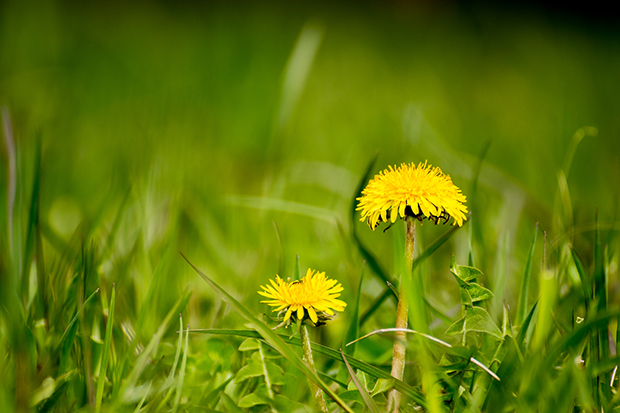6 ways to create a survival garden

The best ways to cultivate her take on a “survival garden” – a garden that can thrive perpetually with minimal inputs, conserving your time and energy.
Words: Rebecca Stewart
1. Harvest your edible weeds for food rather than simply removing them. Dandelions, chickweed, pūhā, land cress, fathen, stinging nettle, purslane, plantain are all nutrient-dense and will grow on their own, providing you with an abundant food source for no extra effort.
2. Support your fungi for healthy soil and produce. Healthy mycelium means healthy soil, which contributes to the nutrient density of your food. Avoid disturbing your soil and regularly top up wood mulch around perennial plants to encourage fungi to grow.
3. Encourage edible perennials that will thrive with little maintenance. Asparagus, globe artichokes, fennel, scarlet runner bean, cutting celery, chicory, chokos, dahlia, sorrel, horseradish, hostas, lovage, NZ spinach, rhubarb are all easy-care plants that provide food in exchange for minimal effort.
4. Allow wild root crops such as potatoes (especially taewa, or Māori potatoes), yams and Jerusalem artichokes to naturalise in designated areas. They will spread prolifically, and a quick fossick should give you tubers for dinner. Once you plant dark purple urenika potatoes or yams, you could very well have them forever.
5. Nurture self-seeders so you don’t need to plant, harvest or store seeds. Plants like rocket, miner’s lettuce, corn salad, violas, parsnips, cutting celery, perpetual spinach, purslane, orach, magenta spreen, parsley, and chives will take care of themselves and seed when the time is right.
6. Close the loop by returning nutrients to your garden in the form of mulch, compost, vermicast or manure. This creates a cycle of nourishment allowing the microorganisms in your soil to thrive. The more life you have in your soil, the healthier and more nutritious your plants will be.
Love this story? Subscribe now!
 This article first appeared in NZ Lifestyle Block Magazine.
This article first appeared in NZ Lifestyle Block Magazine.
